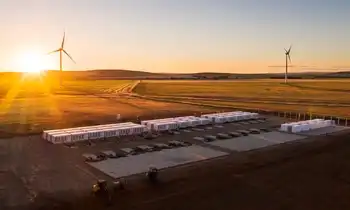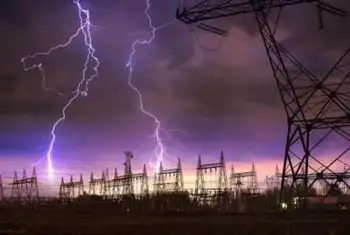Alstom Grid wins contract for HV substation in India
With a population of more than one million people, Aurangabad is one of the largest industrial districts of the Maharashtra State, providing energy to ten other districts. The substation will facilitate the safe and efficient transmission of electricity and will boost power transmission capacity to power deficit areas of the State.
All the 765kV products for the substation will be delivered from AlstomÂ’s manufacturing facilities located at Padappai (Chennai), Pallavaram (Chennai), Hosur (Tamilnadu) and Noida.
Rathin Basu, Managing Director Alstom Grid in India commented, “Alstom Grid has been a pioneer in delivering EHV 765kV technology in the country since the commissioning of India’s first 765kV substation in 2007.”
Since then, Alstom Grid has maintained a strong role in the EHV market in India with many transmission technology products, offered through the companyÂ’s many manufacturing facilities.
Alstom Grid has been selected to supply extra high voltage transmission equipments to 28 out of 47 projects for 765 kV substations in India.
Related News

Explainer: Why nuclear-powered France faces power outage risks
PARIS - France is bracing for possible power outages in the coming days as falling temperatures push up demand while state-controlled nuclear group EDF struggles to bring more production on line.
WHY CAN'T FRANCE MEET DEMAND?
France is one of the most nuclear-powered countries in the world, typically producing over 70% of its electricity with its fleet of 56 reactors and providing about 15% of Europe's total power through exports.
However, EDF (EDF.PA) has had to take a record number of its ageing reactors offline for maintenance this year just as Europe is struggling to cope with cuts in Russian natural…





